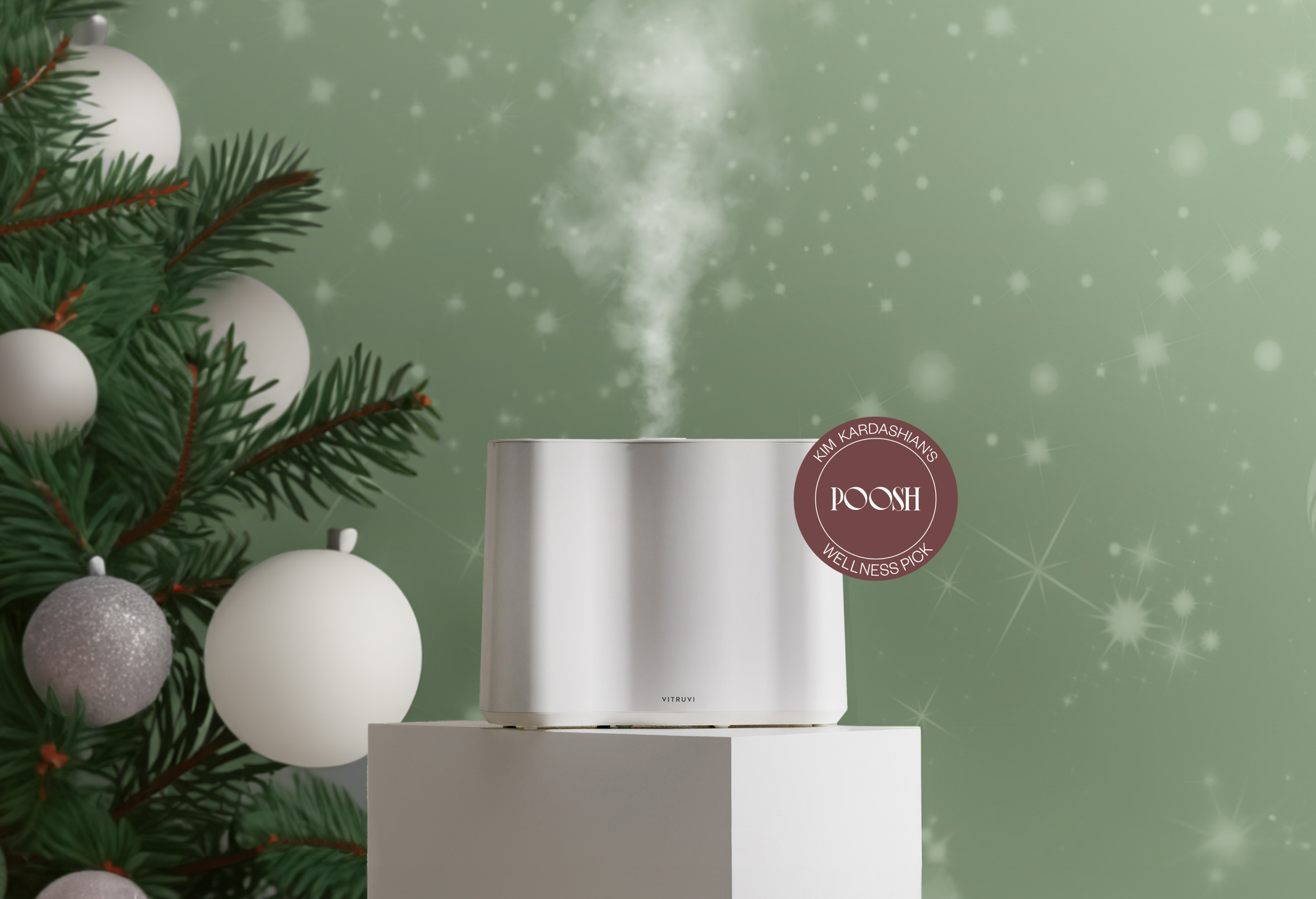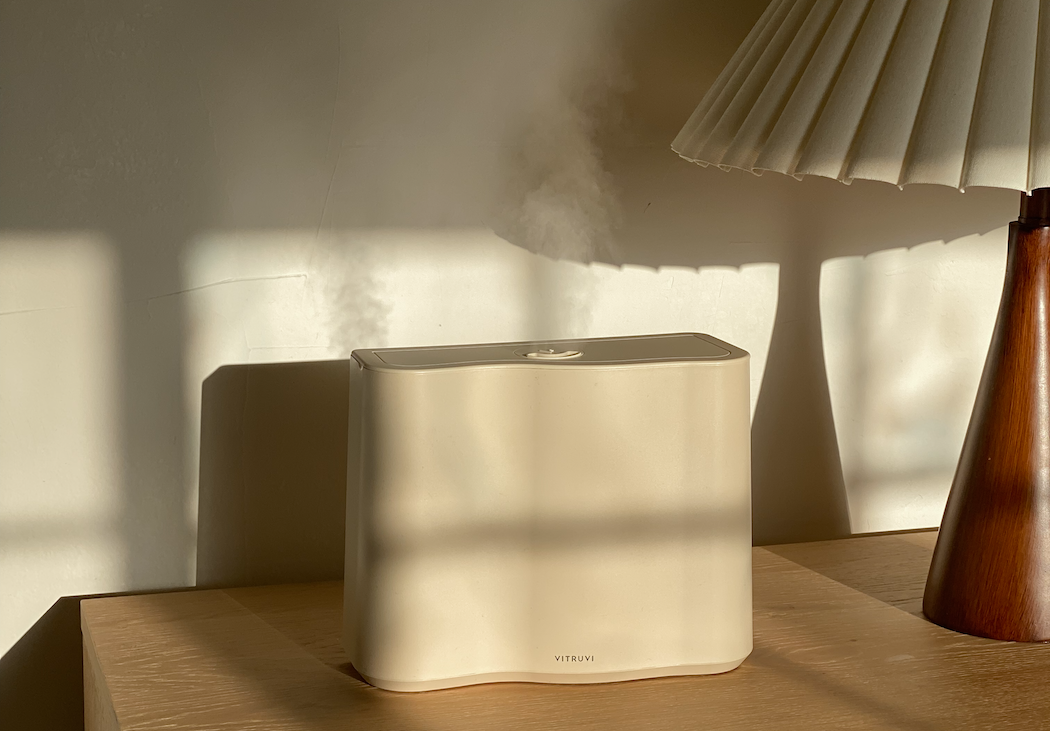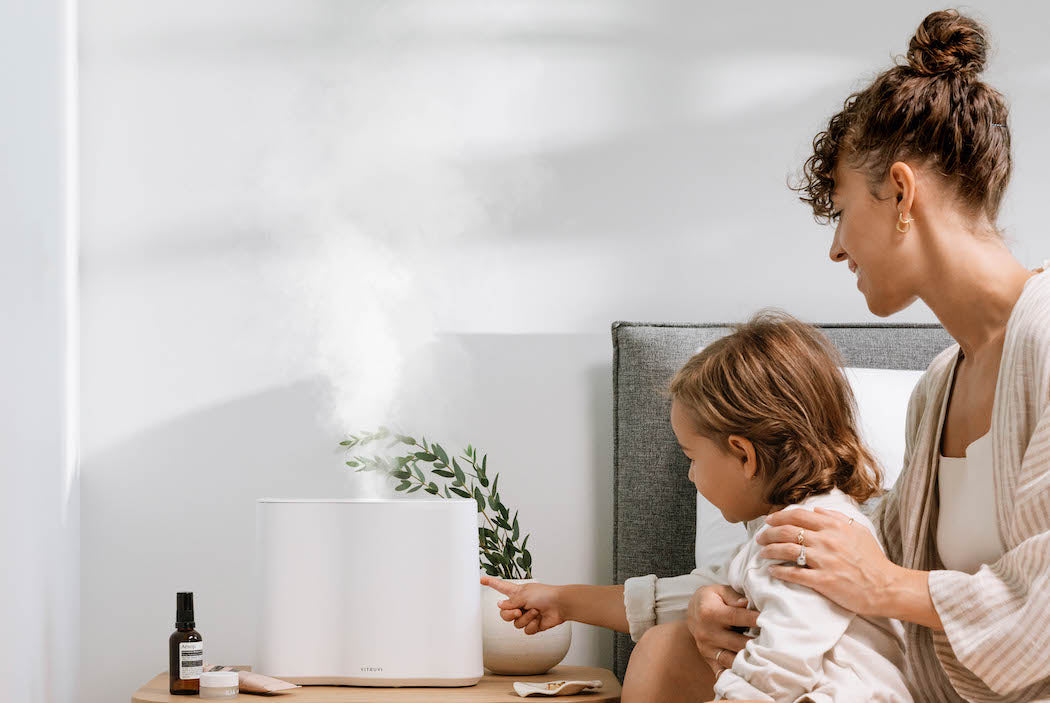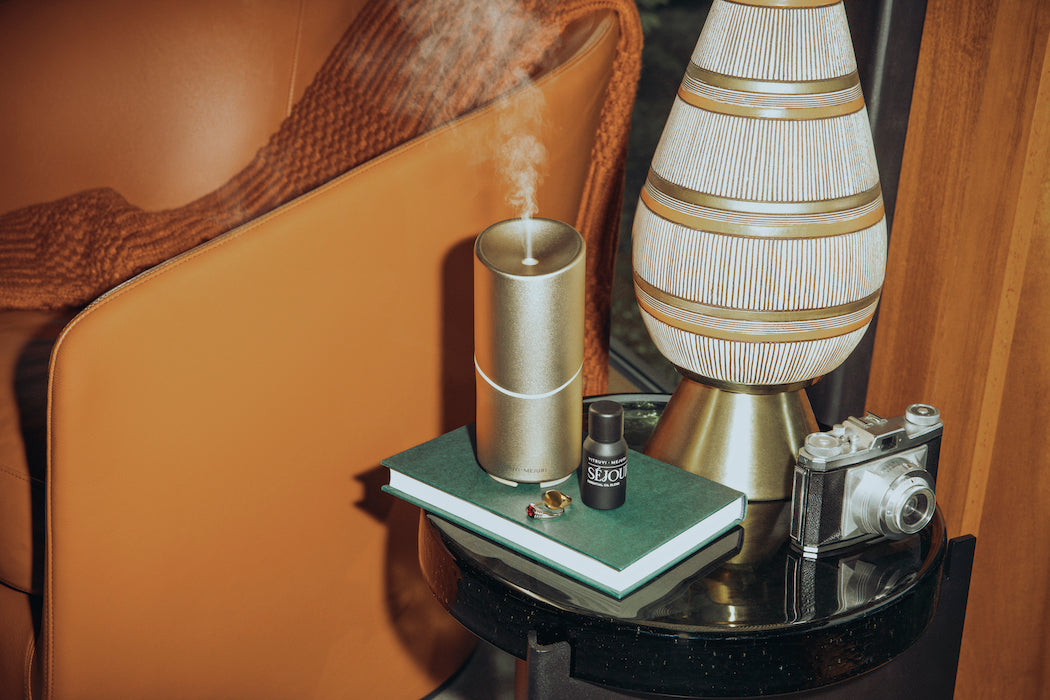Carrie Bradshaw has a lot to answer for. Pre-Sex and the City, candles were a feature mostly of churches, birthday cakes, and romantic dinners. Then along came Sarah Jessica Parker’s iconic television character, who single-handedly turned the candle into a self-care accessory: the ideal way to create moments of calm and indulgence in a chaotic life.
There’s nothing wrong with that goal, nor with using fragrance to set a tone and create an atmosphere. The problem here is the tool, because there is conclusive, incontrovertible evidence that burning scented candles produces substances that could be harmful to our health.
“It’s very clear cut, when you think about it,” says Dr. Karen Bartlett, a professor at the University of British Columbia who specializes in inhalation toxicology. “When a candle burns, it produces particulate matter: solids in a tiny size range of 2.5 microns or less that are invisible and can travel deep into the lungs. Picture a candle that’s been burning for several hours; it’s now three or four inches shorter. All of that doesn’t vanish—it goes into the atmosphere, and you can breathe it in.”
When Bartlett talks about the subject with students, she references the days when people smoked cigarettes indoors (another Bradshaw habit). “Back then, you would go for a night out and the following day when you blew your nose, you’d find lots of black gunk,” she explains via phone. “All of that is particulate matter.”
In 2013, the World Health Organization produced a report about particulate matter that linked it to cancers, respiratory diseases, and heart problems, stating that “there is no evidence of a safe level of exposure.” Of course, that’s not to say that burning a scented candle will instantly cause serious health issues. “The majority of particulate matter exposure comes from industrial pollution and cars, and also from the wildfires such as the Amazon fire that’s currently burning,” says Bartlett. “You’re probably not going to damage your health much because of a candlelit dinner.” Still, she believes it’s sensible to reduce your exposure to the risks you can control.
All candles produce particulate matter—not to mention smoke, which you also breathe in—but paraffin ones produce the most, while beeswax versions produce the least. The more highly scented a candle is (especially if the fragrance is synthetic), the more likely it is to do harm, because it creates more soot. And contrary to popular belief, burning a candle won’t eliminate a nasty smell, but rather add another note to it—so if your teenager burns some macaroni and cheese on the stove, it can be far better to just open a window.
Bartlett says if you do want to use candles, it’s best to do so in a well-ventilated area (so forget those 1990s TV moments where someone takes a petal-strewn bath surrounded by flickering flames). And while lung problems are the most well-known issues with burning candles, they’re not the only ones. Bartlett speculates that the particulate matter could enter our pores and even our bloodstream, causing skin problems and potentially other health issues, too.
So sans candles, how do we create those little scented moments of peace? Diffusing essential oils doesn’t produce particulate matter because you’re not burning anything (which also eliminates any fire risk), so replace that votive with a chic diffuser, and then you can truly relax.












